Tomato season is at its height in the summer. It’s the perfect time to savor a thick, juicy tomato slice on your sandwich or a crisp Caprese salad with a tart balsamic vinaigrette. The remainder of the year, though, can we still consume tomatoes?
Stock up on these crimson beauties during the summer to save their delicious flavor for later. These are seven easy methods for preserving tomatoes so you can enjoy them all year long.
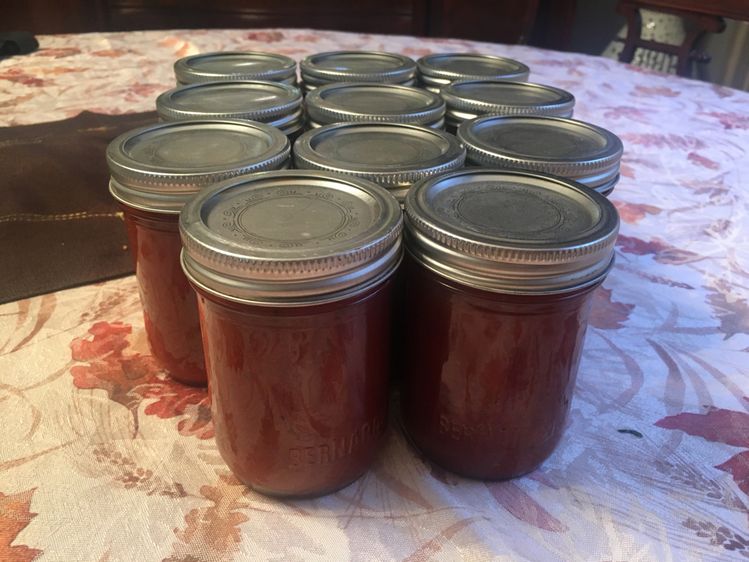
One of the various foods that tomatoes may be utilized in is food. They are a common ingredient in many cuisines and a fantastic source of vitamins and nutrients. What should you do, though, if you have too many tomatoes and can’t utilize them all before they spoil? The solution is to keep them! To preserve tomatoes, try these seven methods:
Canning
One common technique for preserving tomatoes is canning. To eliminate any bacteria and seal the tomato jars for long-term preservation, it is necessary to heat them in boiling water. The shelf life of canned tomatoes is up to 18 months, and they can be utilized in many different cuisines.
To begin canning tomatoes, clean and sterilize the jars and lids. Then, to remove the skins, blanch the tomatoes in boiling water for a minute or two. Tomatoes should be skinless before being packed into jars and then covered with boiling water. In accordance with your recipe, process the jars in a boiling water bath for the necessary amount of time.
Freezing
Another well-liked technique for preserving tomatoes is freezing. It takes little equipment, is quick, and is simple. You can use frozen tomatoes in soups, stews, sauces, and other dishes for up to a year.
Washing and drying tomatoes is the first step in freezing them. Then, cut the fruit into quarters or half after removing the stem and core. On a baking sheet, arrange them in a single layer and freeze for solidification. After they have frozen, place them in freezer bags or containers and keep them there.
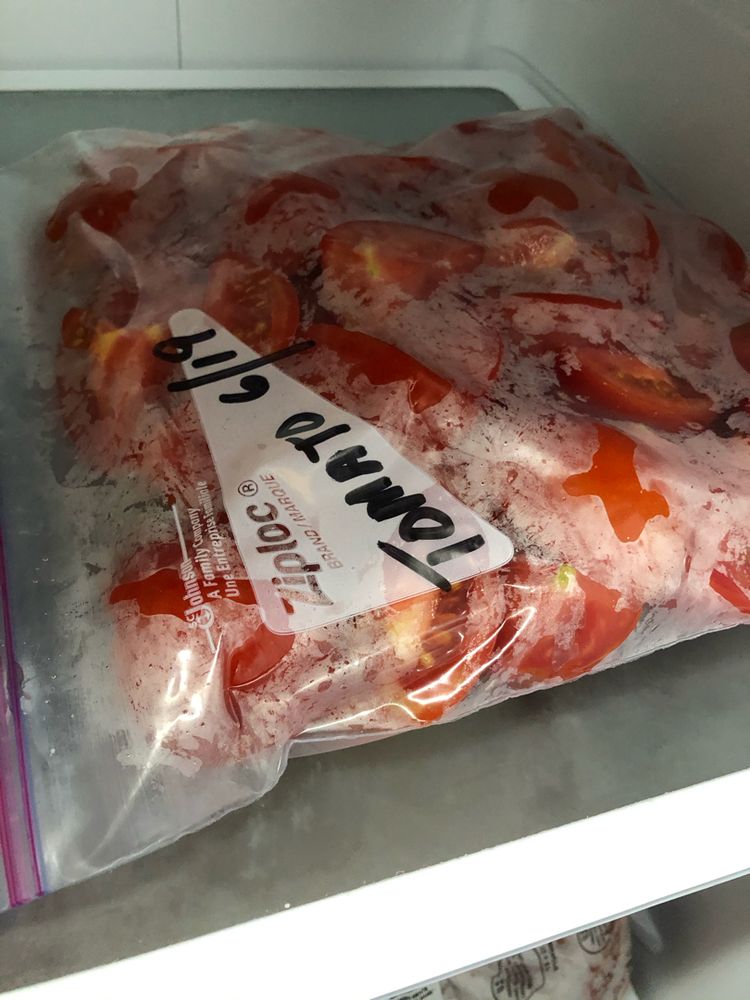
Drying
A fantastic approach to enhance the flavor of tomatoes and increase their shelf life is to dry them. You may add dried tomatoes to salads, sandwiches, and pasta meals.
Start by cutting the tomatoes into halves or quarters before drying them. After that, arrange them on a baking sheet and season them with your preferred herbs and salt. They should be baked at a low temperature (about 150°F) in the oven until they are leathery and dry but still somewhat malleable.
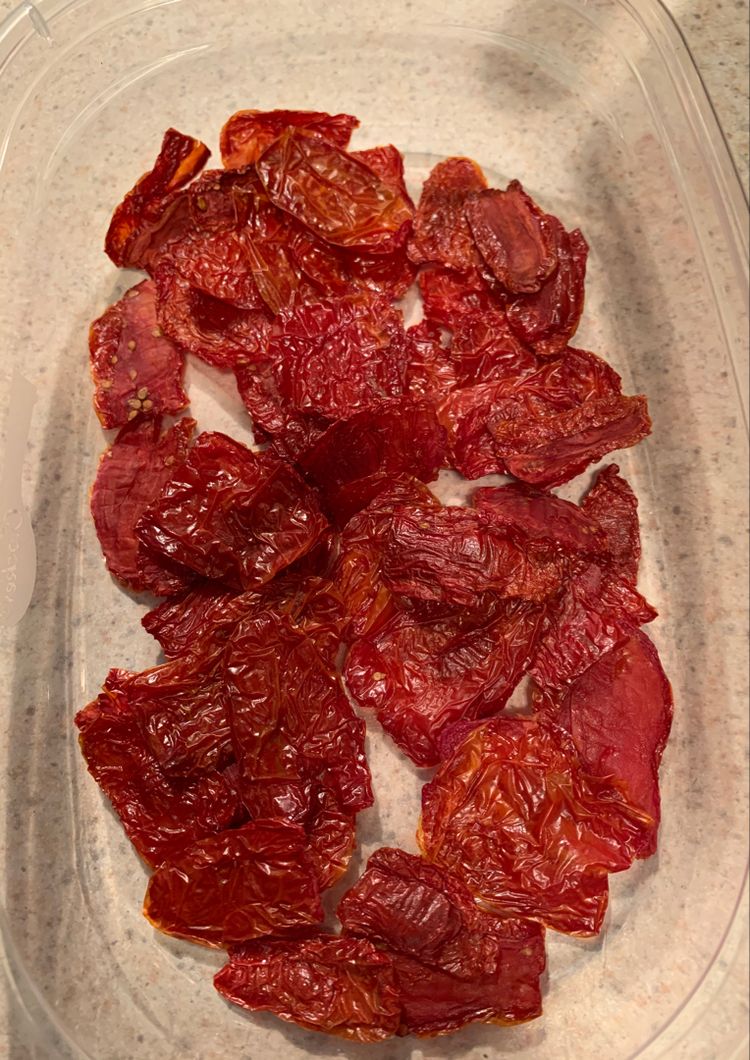
Tahini Sauce
The versatile tomato sauce is a common ingredient in many cuisines. For long-term storage, homemade tomato sauce is simple to prepare and can be frozen or bottled.
Peeling and blanching the tomatoes are the first steps in making tomato sauce. After that, soften the onions and garlic in olive oil. When the sauce is thick and flavorful, add the tomatoes, seasonings, and herbs and simmer for 30-45 minutes. The sauce should be puréed until smooth before freezing or canning it.
The tomato paste
A concentrated form of tomato puree, tomato paste is used to thicken and flavor food. It is simple to prepare at home and may be kept for a long time in the freezer or refrigerator.
Start by mixing peeled and seeded tomatoes until they are smooth to make tomato paste. After that, transfer the puree to a big saucepan and reduce the liquid by half and thicken it over low heat. Place the paste in a jar or other container and store it in the freezer or refrigerator.
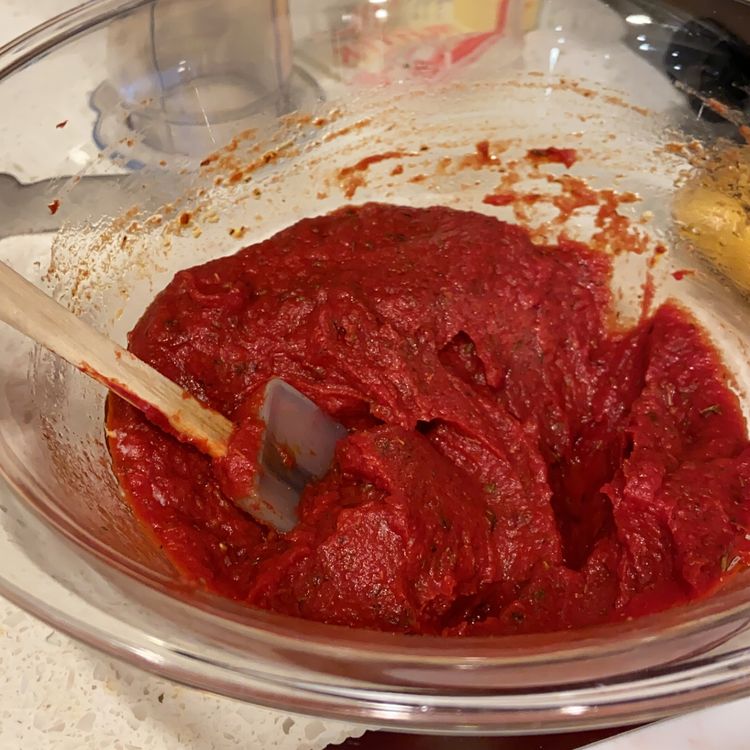
Pickling
A pleasant and enjoyable way to preserve tomatoes is to pickle them. Pickled tomatoes are delicious as a snack, a sandwich topping, or as a garnish.
Wash and dry the tomatoes before you begin to pickle them. After that, cut them in half or quarters and put them in clean jars. In a pot, bring vinegar, water, salt, sugar, and spices to a boil. Making ensuring the tomatoes are completely submerged, pour the brine over them. Before using, place the sealed jars in the refrigerator for at least 24 hours.
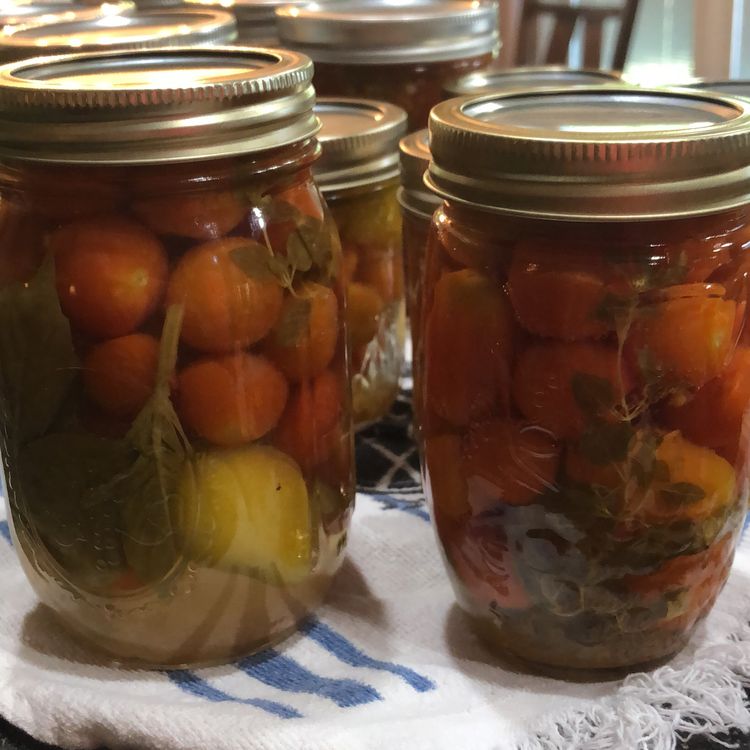
Dehydrating
Another method to intensify their flavors and increase shelf life for tomatoes is to dehydrate them. Tomatoes that have been dehydrated can be used to salads, sandwiches, and pasta meals.

How can I store tomatoes without using a can?
Tomatoes can be preserved without canning by being frozen or dried. The tomatoes should be blanched for one minute in boiling water, cooled in ice water, then skinned and stored in freezer bags. To dehydrate tomatoes, cut them into slices and dry them at a low temperature in a dehydrator or oven.
Can I use olive oil to preserve tomatoes?
Well, by placing tomatoes in a jar with garlic, herbs, and olive oil, you may keep them in that liquid. The tomatoes must be completely submerged in oil and kept in the fridge.
How long are tomatoes stored good for?
Depending on the method of preservation and the storage circumstances, preserved tomatoes can survive anywhere from a few months to a year. While frozen tomatoes might survive for several months, canned tomatoes can last up to a year or more. When kept in an airtight container, dehydrated tomatoes can last up to a year.
Can vinegar be used to preserve tomatoes?
The answer is yes. Sliced tomatoes, onions, and herbs can be added to a pickling solution to preserve tomatoes in vinegar. Within a few weeks, the pickled tomatoes should be consumed after being kept in the refrigerator.
Can cherry tomatoes be preserved?
Cherry tomatoes can be preserved by freezing them, roasting them in the oven, and preserving them in olive oil. As regular tomatoes, cherry tomatoes can also be pickled or dried.
How can I tell whether canned tomatoes are bad?
Badly preserved tomatoes will have an unpleasant odor, mold development, or discolouration. To avoid foodborne illness, it’s crucial to toss any preserved tomatoes that exhibit signs of deterioration.
How should tomatoes be canned?
The hot water bath method is the most effective way to can tomatoes. Jars and lids should first be sterilized in boiling water. After that, peel the tomatoes’ skins, cool the tomatoes in ice water, and pack the tomatoes into the jars with a half-inch headspace. For each jar, add citric acid or lemon juice to maintain a safe acidity level. The jars should then be processed in a boiling water bath for the amount of time specified by your altitude and jar size.
Can tomatoes be preserved in the fridge?
To preserve them, tomatoes can be kept in the refrigerator, but they will only keep for a week or two. The easiest way to stop moisture loss and deterioration is to use airtight containers or plastic bags.
Can entire tomatoes be frozen?
The answer is yes. After washing, place the whole tomatoes in a freezer bag. Run the frozen tomatoes under warm water to remove the skin when you’re ready to use them, or blanch them in boiling water for a minute, then chill in ice water before peeling.
Can salt be used to preserve tomatoes?
It is possible to preserve tomatoes in salt by putting salt and thinly sliced tomatoes in a jar and keeping it in the fridge for a few weeks. The tomatoes’ moisture will be drawn out by the salt, producing a delicious brine. For added taste, you can also add herbs and garlic to the jar.
